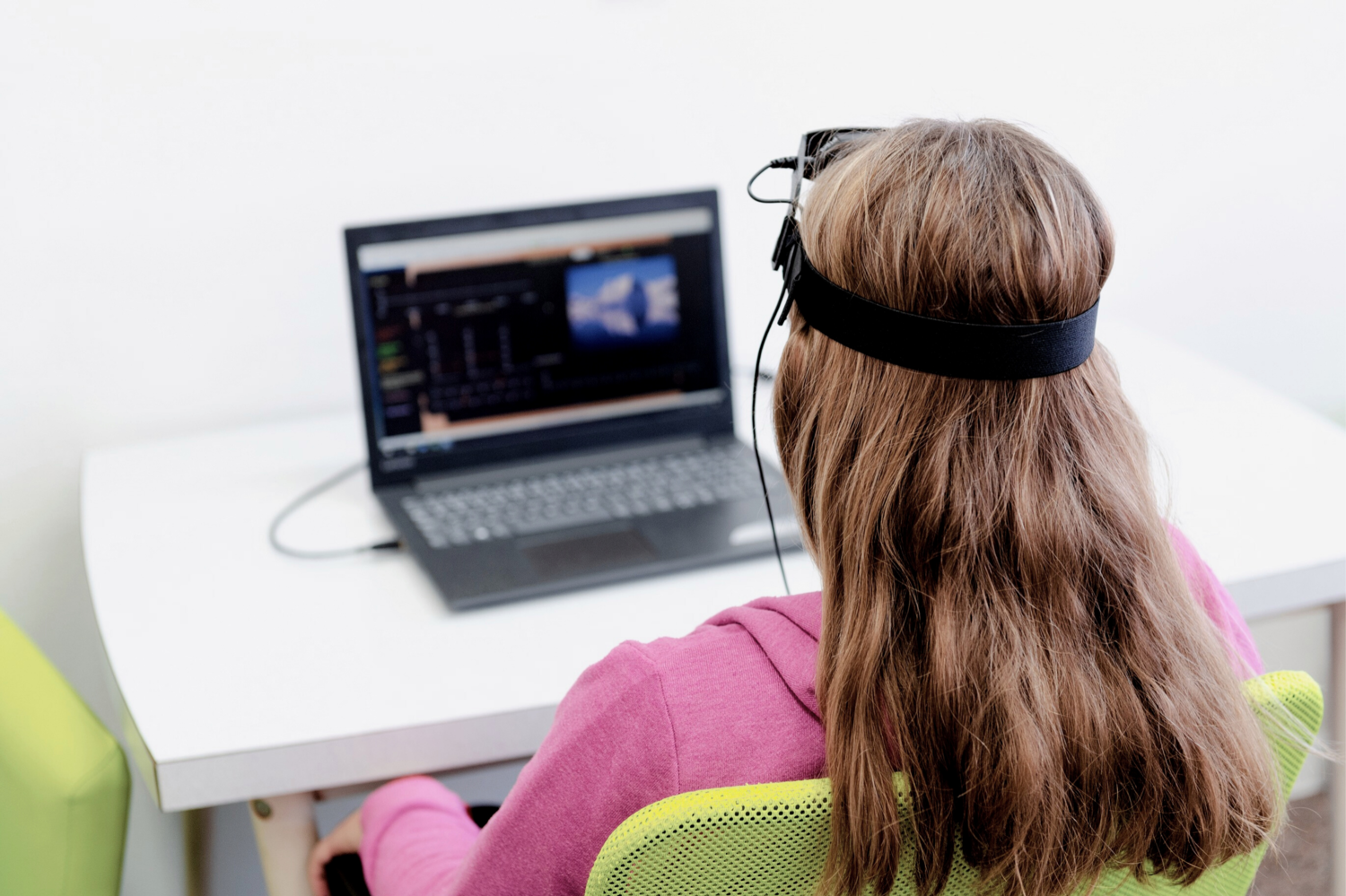Unlocking the Secrets of the Brain Through Quantitative EEG Brain Mapping Techniques in Mental Wellness Assessment
Unlocking the Secrets of the Brain Through Quantitative EEG Brain Mapping Techniques in Mental Wellness Assessment
Blog Article
Comprehending the human brain is a challenging endeavor, particularly when it comes to mental health. Traditional methods of assessment often rely on conversations and surveys, which can sometimes overlook crucial aspects about how the brain functions. This is where quantitative electroencephalography, or qEEG, enters into the picture. qEEG is a specialized method that measures neural signals in the cerebrum. By examining these neural patterns, psychological health professionals can gain important insights into a person's mental condition, aiding to enhance diagnosis and treatment.
qEEG functions by applying small electrodes on the scalp to record brain signals. These sensors measure neural signals produced by neurons, the cells in the brain that interact with one another. The information gathered is then processed and displayed as a set of waveforms. Each type of brainwave—such as α, beta, δ, and θ—relates to different mental states and functions. For example, alpha oscillations are often associated with relaxation, while beta oscillations are associated to active cognition and issue resolution. By analyzing these trends, healthcare providers can identify abnormalities that may indicate psychological health concerns.
One of the major advantages of qEEG is its ability to offer objective data. Unlike conventional evaluations that depend on personal reports from clients, qEEG offers a clear view of neural function. This objectivity can help minimize prejudices in assessment and result to more accurate treatment strategies. For example, if a client is facing stress, qEEG can show particular patterns of brain activity that are associated with anxiety conditions. a great post This data allows mental health professionals to customize interventions more efficiently, whether it be through counseling, medication, or other treatments.
Moreover, qEEG can be particularly useful in tracking treatment advancement. By performing qEEG assessments at different points during therapy, healthcare providers can monitor variations in neural function over period. This continuous assessment assists determine whether a intervention is working or if adjustments are needed. For example, if a patient is not responding to a particular medication, qEEG may indicate that their neural activity has not changed in a way that indicates progress. This feedback loop can lead to more personalized and effective psychological health treatment.
In summary, qEEG cerebral mapping is a potent instrument in the domain of mental health assessment. By offering objective information about brain function, it enhances the understanding of various mental health disorders. This method not only assists in precise assessment but also assists in monitoring intervention effectiveness. As psychological health experts persist to investigate the capabilities of qEEG, it possesses potential for enhancing the well-being of people facing mental health issues. With ongoing investigation and advancements in technology, the mysteries of the mind may become clearer, resulting to better results for those in requirement of assistance.